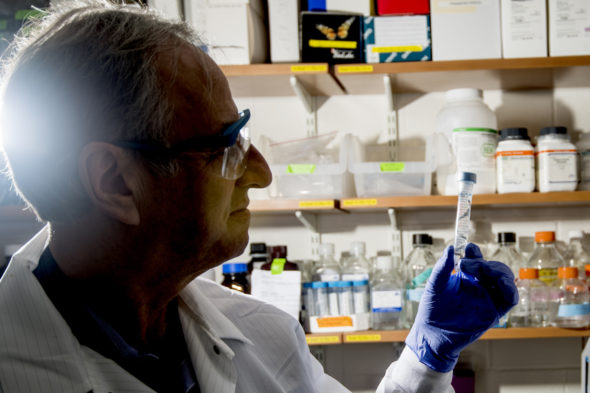If a piece of wood winds up in the ocean, odds are, shipworms will find it. These fleshy, worm-like clams use their shells to scrape and carve their way into unprotected logs, driftwood, docks, and ships and make themselves at home where, with the help of some friendly bacteria living within their cells, shipworms are able to break down wood and use it as a source of food.
There’s a fine line between helpful bacteria and harmful bacteria, says Dan Distel, who directs the Ocean Genome Legacy Center at Northeastern’s Marine Science Center. And studying helpful bacteria, or symbionts, in shipworms may help researchers understand dangerous infections in humans.
The idea is that if you can understand how a beneficial symbiosis like this works, you’re going to learn strategies that bacteria use, and some of those will apply to understanding pathogens,” Distel says.

